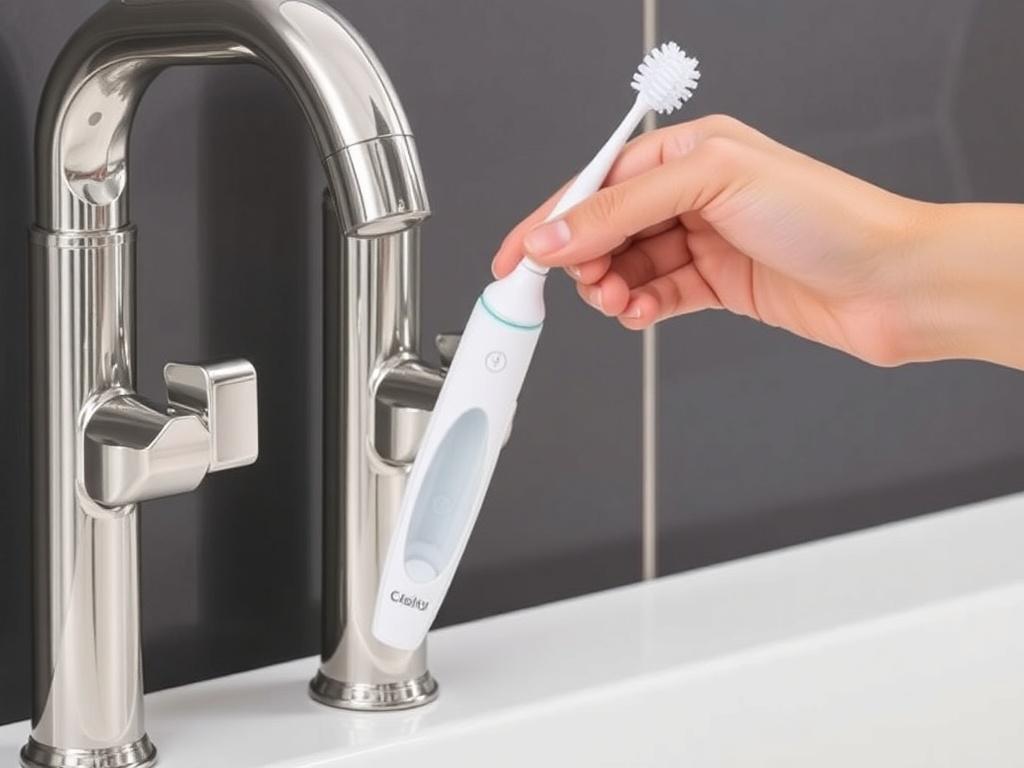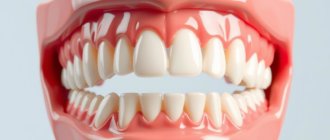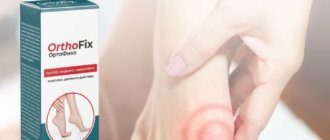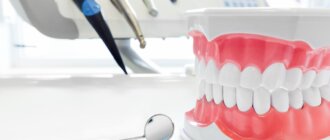When it comes to oral hygiene, most of us are pretty familiar with the basics — brushing twice a day, flossing regularly, and visiting the dentist for checkups. But the world of dental care is constantly evolving, bringing new gadgets and methods designed to improve how we care for our teeth and gums. One such innovation that has gained significant popularity in recent years is the water flosser. But what exactly are water flossers, and do they really work as effectively as traditional floss? If you’ve ever asked yourself those questions or considered adding a water flosser to your oral hygiene routine, this article will walk you through everything you need to know.
Содержание
- 1 What Are Water Flossers?
- 2 How Do Water Flossers Work?
- 3 Comparing Water Flossers to Traditional Floss
- 4 How to Use a Water Flosser Correctly
- 5 Who Should Consider Using a Water Flosser?
- 6 Tips for Choosing the Right Water Flosser
- 7 Integrating Water Flossers Into Your Dental Routine
- 8 Myths and Misconceptions About Water Flossers
- 9 The Verdict: Do Water Flossers Work?
- 10 Choosing Your Next Steps
What Are Water Flossers?

Water flossers, also known as oral irrigators, are handheld devices that shoot a stream of pressurized water between your teeth and along your gumline. Unlike traditional floss, which requires you to manually slide a thin string between your teeth to remove plaque and food debris, water flossers use pulsating water to wash away particles from hard-to-reach areas. Their design usually consists of a water reservoir, a motor pump, and a specialized nozzle to direct the water flow.
This technology was initially created to help people with braces or dental implants, who often find flossing challenging. However, water flossers have become popular with the general population as well, raising questions about how well they stack up against standard flossing methods.
How Do Water Flossers Work?
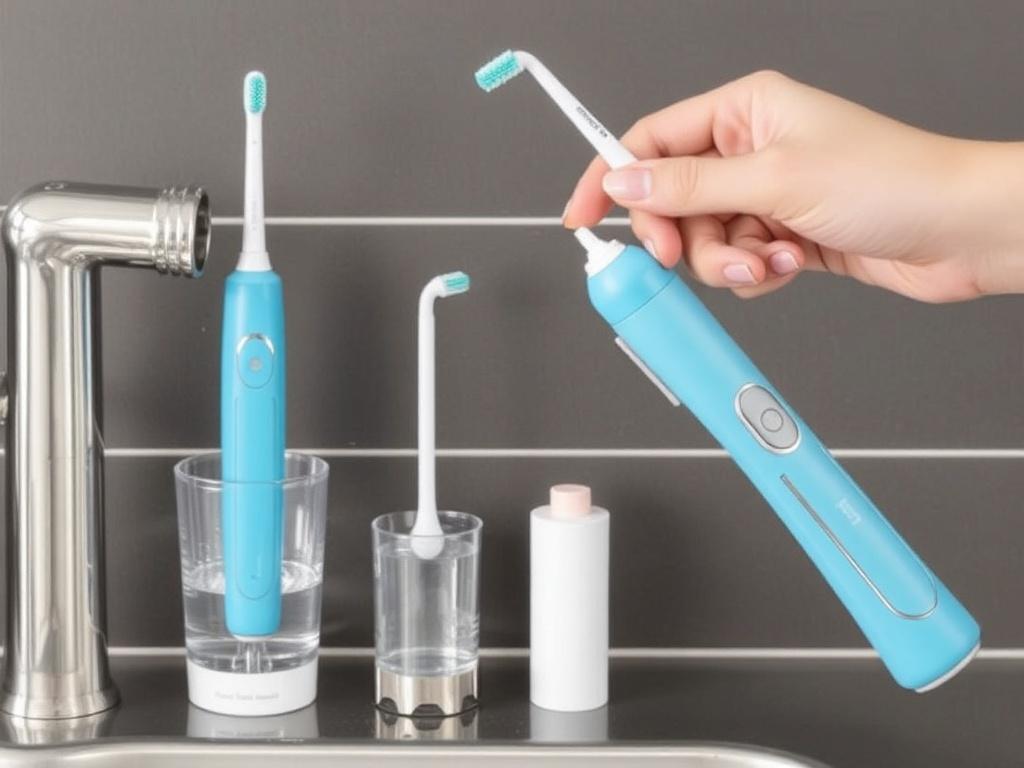
To understand if water flossers work, it helps to know how they function. When you turn on the device, it pumps water through the handle and out of the tip in a powerful, pulsating spray. This spray is targeted along the gumline and between teeth, breaking up plaque and dislodging food debris.
The water’s pulsation creates a gentle massaging effect on your gums, which can promote better blood circulation and contribute to gum health. As water reaches beneath the gumline, it helps flush out bacteria that can cause gum disease. By targeting these areas, water flossers aim to reduce gum inflammation and prevent periodontal problems.
The Benefits of Using a Water Flosser
Water flossers have several key benefits that make them attractive to many users, especially those who struggle with traditional flossing:
- Ease of use: For people with braces, bridges, or dental implants, flossing with string can be uncomfortable or difficult. Water flossers eliminate the hassle of maneuvering floss in tight spaces.
- Gum health: The pulsating water helps massage the gums, which might improve circulation and reduce gingivitis.
- Reduced gum bleeding: Many users report that regular water flossing leads to less bleeding during oral care.
- Time-efficient: Water flossing can be quicker, especially for people who find traditional flossing tiresome or time-consuming.
Popular Water Flosser Brands
With the growth in popularity of water flossers, many companies have entered the market. Here’s a quick table of some of the most popular brands you might encounter:
| Brand | Key Features | Price Range | Recommended For |
|---|---|---|---|
| Waterpik | Adjustable pressure, multiple tips, cordless or countertop models | $50 — $150 | All-around, especially dental professionals’ favorite |
| Philips Sonicare | Compact, portable, combines with brush heads | $60 — $120 | Travel users, advanced oral care combos |
| Panasonic | Compact design, battery-powered, adjustable pressure | $40 — $80 | Budget-conscious and travelers |
| H2ofloss | High water capacity, multiple tips, budget-friendly | $40 — $70 | First-time users, value seekers |
Comparing Water Flossers to Traditional Floss
One of the biggest questions people ask is whether water flossers work as well as traditional string floss. Traditional floss is effective because it physically scrapes plaque off the tooth surface and removes food stuck between teeth. It requires a bit of technique and patience to be done correctly.
Water flossers, by comparison, rely on the water pressure to flush debris away, which some dental professionals argue is gentler on the gums and easier for many people to use consistently. However, is it equally effective at removing plaque and preventing gum disease?
Scientific Findings on Water Flossers
Multiple clinical studies have been conducted to determine the effectiveness of water flossers. Here’s a summary of what the research says:
- A study published in the Journal of Clinical Dentistry found that using a water flosser along with toothbrushing significantly reduced plaque and gingivitis compared to toothbrushing alone.
- Research published by the American Dental Association (ADA) supported water flossers as an effective alternative for people who struggle with traditional flossing.
- Some studies suggest that water flossers are especially beneficial for patients with braces, implants, or crowns, as they can reach around hardware more easily than string floss.
- However, water flossers might not remove plaque as thoroughly from all surfaces as flossing does, particularly tight contact points between teeth.
It’s worth noting that the benefits of water flossers often come down to personal preference — if you are more likely to maintain a regular oral care routine using a water flosser, then it can be a better choice overall.
How to Use a Water Flosser Correctly
Getting the most out of a water flosser means learning the proper technique. Here’s a simple step-by-step guide to ensure effective use:
- Fill the reservoir with lukewarm water. You can also add mouthwash if recommended.
- Choose the tip suitable for your needs (there are specialized tips for braces, implants, or general use).
- Start with the lowest pressure setting, especially if you are new to water flossing or have sensitive gums.
- Lean over the sink to avoid splashing water and place the tip in your mouth.
- Turn on the device, directing the water jet along the gumline and between each tooth.
- Pause briefly between teeth to allow the water to flush away debris.
- Make sure you cover the back side of your molars and under the gumline gently.
- When finished, turn off the device and rinse your mouth with water.
- Clean the device as per manufacturer’s instructions to maintain hygiene.
Who Should Consider Using a Water Flosser?
While anyone can benefit from adding a water flosser to their oral care routine, certain groups might find them particularly advantageous:
- People with braces or orthodontic appliances: Traditional flossing can be tricky, and water flossers make it easier to clean around brackets and wires.
- Individuals with implants, bridges, or crowns: These dental restorations often trap food and plaque in hard-to-reach spots.
- People with sensitive gums: Since water flossers are gentler, they can reduce discomfort caused by string flossing.
- Those with arthritis or limited manual dexterity: Handling floss requires fine motor skills, which can be challenging for some people.
- Anyone looking to improve gum health: The massaging effect of water flossers promotes gum circulation and reduces bleeding.
Are There Any Downsides?
Despite their benefits, water flossers aren’t perfect. They tend to be bulkier and more expensive than traditional floss, requiring charging or batteries. Some users find the noise or water splashing inconvenient. Also, if the pulsating water pressure is too strong, it could cause gum irritation. Lastly, water flossers are not a complete replacement for brushing — they work best as a complement to a thorough brushing routine.
Tips for Choosing the Right Water Flosser
With so many options available, picking the right water flosser can be confusing. Keep these factors in mind before making a purchase:
- Pressure settings: Adjustable water pressure helps customize the experience based on your sensitivity and needs.
- Portability: Cordless or battery-operated models offer great convenience, especially for travel.
- Water reservoir size: Larger reservoirs mean fewer refills but can increase size and weight.
- Ease of cleaning: Removable and dishwasher-safe components help maintain hygiene.
- Nozzle options: Several tips may be included or sold separately to meet specific oral health needs.
- Price: Consider your budget but remember that investing in your oral health is worthwhile.
Integrating Water Flossers Into Your Dental Routine
For the best results, water flossers should be part of a complete oral hygiene routine rather than a solo solution. Pairing brushing twice daily with water flossing complements each other — brushing removes surface plaque, while the water flosser flushes out debris from between teeth and below the gumline.
Experts often recommend starting with water flossing once a day, preferably before bedtime, when plaque and food debris have built up throughout the day. Over time, some people use water flossers twice daily to maintain optimal gum health. However, always listen to your body; if your gums become irritated or inflamed, consult your dentist for recommendations.
Water Flossers and Children’s Oral Health
Introducing children to proper oral hygiene is essential, and water flossers can be a helpful tool for kids who struggle with traditional floss. Many water flosser brands now offer child-friendly models with gentle pressure and easy-to-use designs. However, children should always be supervised during use to ensure safety and proper technique.
Myths and Misconceptions About Water Flossers
As with many health gadgets, water flossers have their share of myths:
- Myth: Water flossers can replace brushing — Truth: They are a supplement, not a substitute for brushing.
- Myth: Water flossers cause gum damage — Truth: When used properly, they are gentle and can improve gum health.
- Myth: They’re only for people with braces — Truth: Anyone can benefit from water flossing.
- Myth: More water pressure is better — Truth: Too much pressure can irritate gums; adjustable settings are ideal.
The Verdict: Do Water Flossers Work?
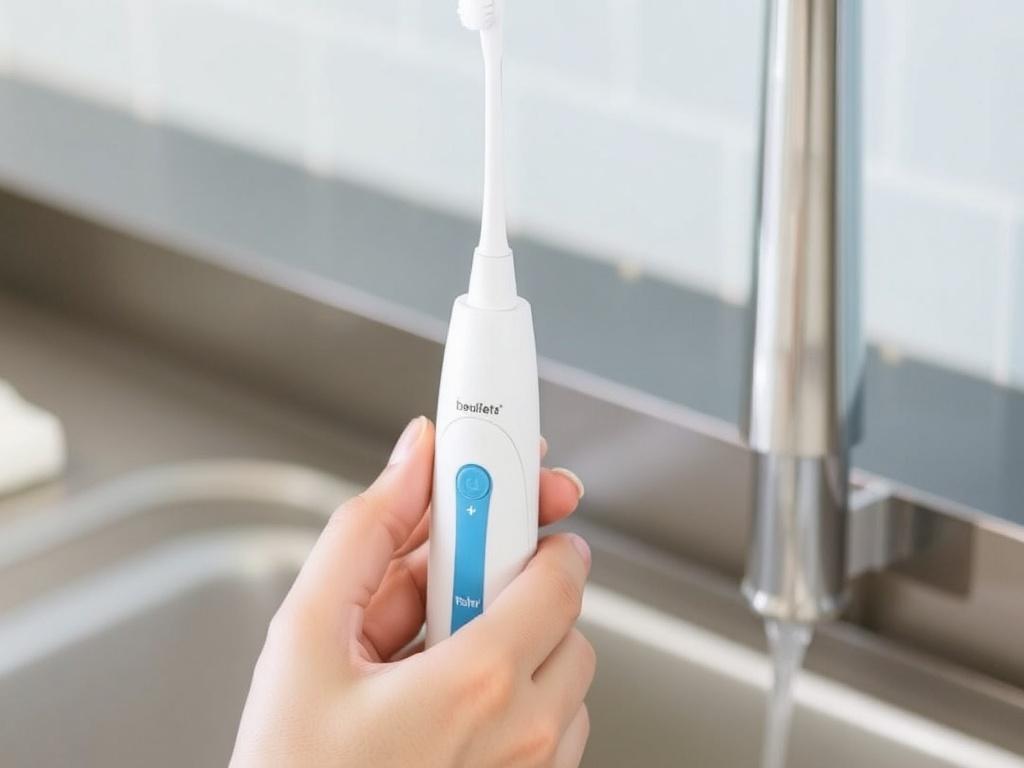
The question of whether water flossers work does not have a simple yes or no answer. Scientific evidence supports their effectiveness in improving gum health and reducing plaque when used alongside proper brushing. Their ease of use makes them especially valuable for individuals with dental appliances or limited dexterity. However, traditional floss still excels in scraping plaque in tight contacts, so the best choice may depend on your individual needs and preferences.
Like any oral hygiene tool, consistency matters far more than the tool alone. A water flosser that encourages you to clean your teeth regularly and thoroughly is infinitely more valuable than floss you avoid using due to difficulty or discomfort. So, if you’re considering a water flosser, it could be a worthwhile addition to your routine — but make sure to complement it with proper brushing and regular dental visits.
Choosing Your Next Steps
If you decide to try a water flosser, consider your budget and personal preferences, research brands, and start with a lower pressure setting. Whether you want to improve your gum health, find an easier way to floss with braces, or simply refresh your dental care routine, water flossers offer a promising option with proven benefits.
Conclusion
Water flossers represent a modern, convenient approach to oral hygiene that can effectively complement traditional brushing and flossing methods. They are especially beneficial for individuals with braces, implants, or sensitive gums, providing a gentler and often more enjoyable way to keep teeth and gums clean. While they may not entirely replace traditional floss in removing plaque from the tightest spaces, consistency in use can greatly improve overall oral health. As dental care tools evolve, water flossers stand out as a well-researched and user-friendly option, making oral hygiene easier and more accessible for many. Incorporating a water flosser into your daily routine could be the key to enhanced gum health and a brighter smile—just remember, no matter the tool, the best results come from regular use and good technique.

